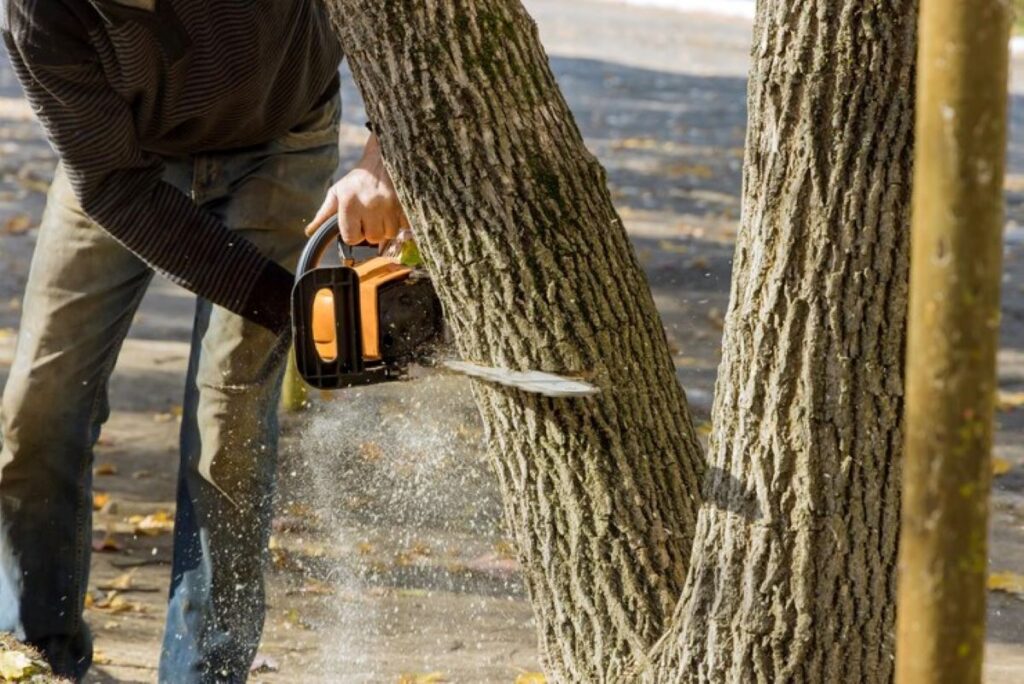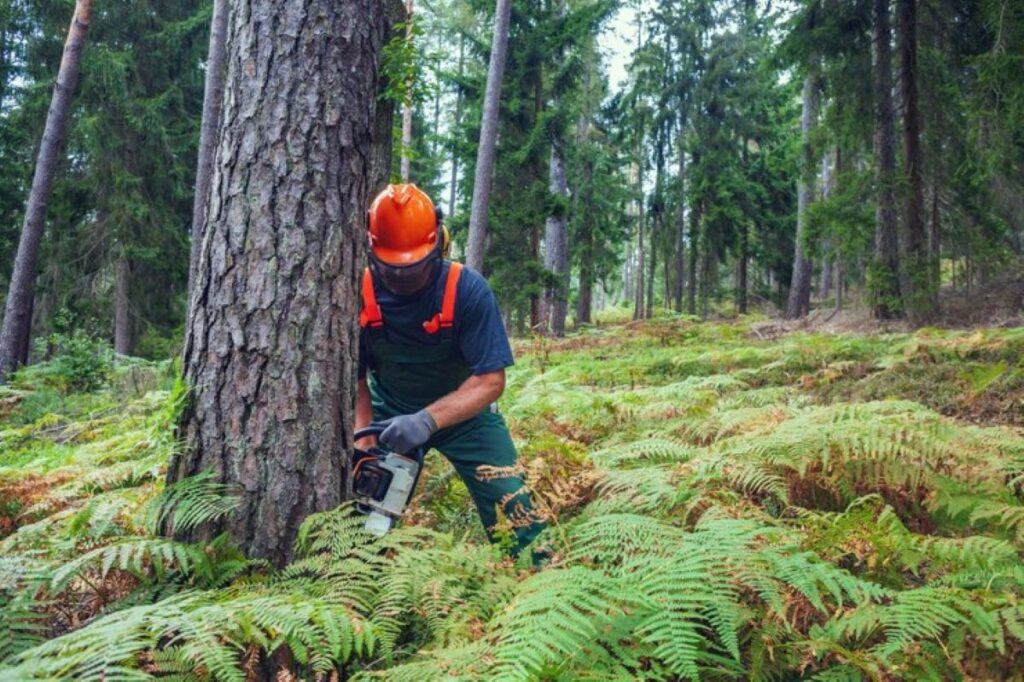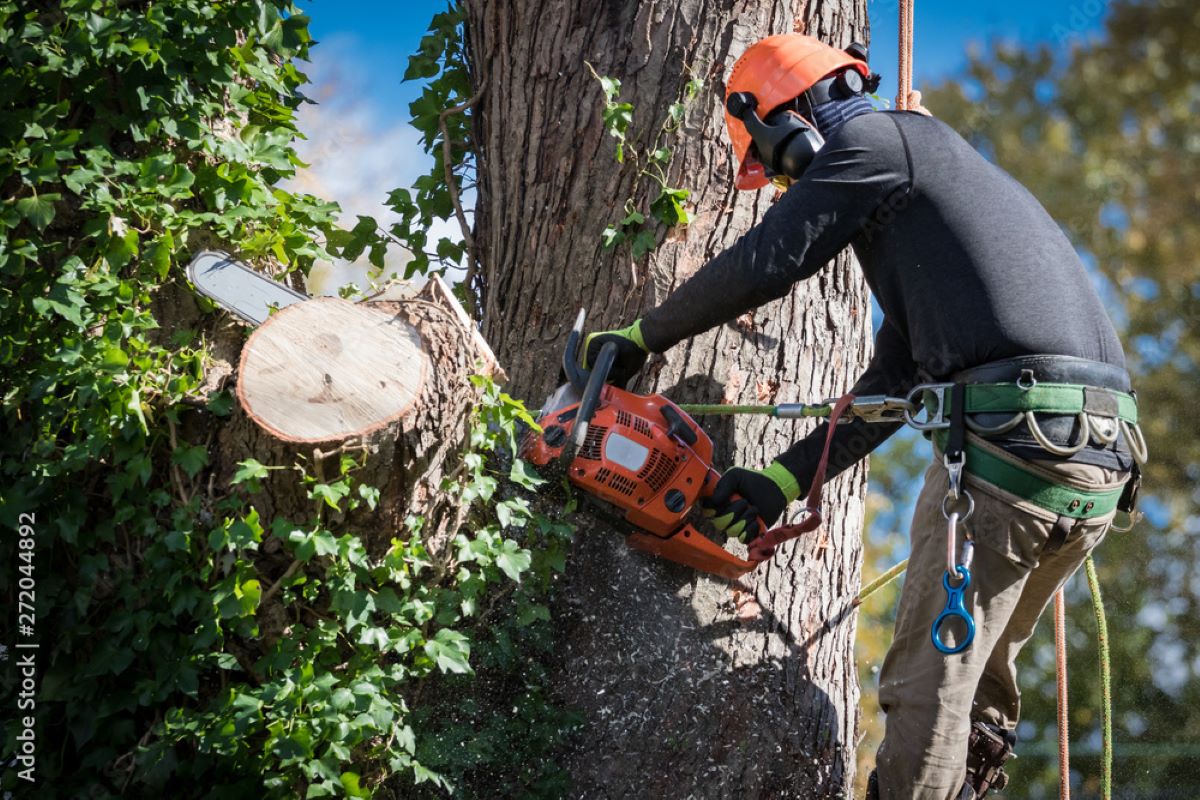
A Complete Guide to Sydney Tree Removal for Homeowners
Tree removal can be a daunting task for many homeowners in Sydney. Whether it’s due to safety concerns, aesthetic preferences, or the need to clear space for new developments, understanding the ins and outs of tree removal is essential. This comprehensive guide aims to provide homeowners with all the necessary information regarding tree removal, from the reasons for removal to the legal considerations and the steps involved in the process.
Understanding the Need for Tree Removal
Before embarking on the tree services sydney, it’s crucial to understand why a tree may need to be removed. Various factors can contribute to this decision, each with its own implications.
Safety Concerns
One of the primary reasons for tree removal is safety. Trees that are diseased, damaged, or structurally unsound pose a significant risk to people and property. In severe weather conditions, such trees can become hazardous, leading to potential injuries or property damage. Regular inspections can help identify trees that may require immediate attention.
Moreover, certain species of trees are more prone to diseases or structural weaknesses than others. For instance, willow trees, while beautiful, can develop root rot, making them unstable. Homeowners should be vigilant about the health of their trees, particularly during storms or high winds, as this can exacerbate existing issues. Consulting with a certified arborist can provide valuable insights into the condition of trees and the necessary steps to mitigate risks.
Aesthetic and Landscape Improvements
Homeowners often choose to remove trees to enhance the visual appeal of their property. Overgrown or poorly placed trees can obstruct views, block sunlight, or compete with other plants for resources. Removing such trees can create a more harmonious landscape, allowing for better light and space for other flora.
In addition to improving aesthetics, the removal of certain trees can also encourage biodiversity within the garden. By creating more open spaces, homeowners can introduce a variety of plants that attract beneficial wildlife, such as pollinators and birds. This not only enhances the beauty of the garden but also contributes positively to the local ecosystem. Thoughtful landscaping can transform an ordinary garden into a vibrant sanctuary, showcasing a diverse array of colours and textures.
Development and Renovation Projects
In many cases, tree removal is necessary to facilitate construction or renovation projects. Whether building an extension, a new driveway, or landscaping changes, the removal of certain trees may be essential for the project’s success. Understanding the layout and planning ahead can save time and money in the long run.
Furthermore, it is essential to consider the long-term implications of tree removal in the context of development. While immediate needs may dictate the removal of a tree, it is vital to think about how this decision will affect the environment and the overall landscape in the years to come. For instance, planting new trees or shrubs in place of those removed can help maintain ecological balance and contribute to a sustainable future. Engaging with landscape architects during the planning phase can offer innovative solutions that integrate new structures with the natural environment, ensuring that the beauty of the landscape is preserved even amidst development.
Legal Considerations for Tree Removal in Sydney
Before proceeding with tree removal, homeowners must be aware of the legal implications involved. Sydney has specific regulations governing tree removal, and adhering to these laws is crucial to avoid fines or legal issues.
Local Council Regulations
Each local council in Sydney has its own set of rules regarding tree removal. Homeowners must check with their respective council to understand what is permissible. Some councils may require a permit for removing certain trees, especially if they are protected species or located in heritage areas. Failing to obtain the necessary permissions can lead to hefty fines.

Protected Species and Heritage Trees
In Sydney, several tree species are protected under local legislation. These regulations aim to preserve the natural environment and maintain the city’s greenery. Homeowners should be aware of any protected species on their property, as removal without permission can result in significant penalties. Additionally, trees classified as heritage may also require special consideration. The heritage listing not only protects the tree itself but also the surrounding ecosystem, which can include various flora and fauna that depend on it for habitat. This interconnectedness highlights the importance of consulting with environmental specialists or arborists who can provide guidance on the ecological impact of tree removal.
Neighbourhood Considerations
Tree removal can also impact neighbours, particularly if the tree in question is on or near a boundary line. It’s advisable to communicate with neighbours before proceeding with removal. In some cases, a neighbour may have rights to the tree, and discussing the matter can prevent disputes and foster goodwill. Moreover, it is worth noting that some councils encourage community engagement in such matters, offering mediation services to resolve any potential conflicts amicably. Engaging in open dialogue not only helps maintain neighbourly relations but can also lead to collaborative solutions, such as shared landscaping projects or the planting of new trees that benefit the entire community.
Steps Involved in Tree Removal
Once the decision to remove a tree has been made and legal considerations addressed, the next step is to understand the process involved in tree removal. This can be intricate and requires careful planning.
Assessment and Planning
The first step in the tree removal process is a thorough assessment of the tree and its surroundings. This involves evaluating the tree’s health, size, and location. A professional arborist can provide valuable insights into the best approach for removal, ensuring that the process is safe and efficient. Additionally, they will consider factors such as the proximity of nearby structures, power lines, and other trees, which may influence the method of removal. Understanding the local ecosystem is also crucial, as some trees may provide habitat for wildlife or contribute to the overall health of the environment.
Choosing the Right Professionals
While some homeowners may consider DIY tree removal, hiring a professional tree removal service is often the best option. Experienced arborists possess the necessary skills, equipment, and knowledge to carry out the task safely. When selecting a service, it’s essential to check credentials, reviews, and insurance coverage to ensure reliability. Furthermore, engaging with a local company can be beneficial, as they are likely to be familiar with the specific regulations and environmental considerations of the area. A reputable service will also offer a detailed quote, outlining the costs involved and any additional services, such as debris removal or landscaping restoration after the tree has been removed.
Execution of Tree Removal
The actual removal process typically involves several steps, including the following:
- Preparation: Clearing the area around the tree to create a safe working space.
- Cutting: Using chainsaws and other equipment to cut the tree down in a controlled manner.
- Stump Removal: After the tree is down, the stump may need to be removed or ground down to prevent regrowth.
Throughout this process, safety is paramount. Professionals will use protective gear and follow safety protocols to minimise risks. They will also have contingency plans in place for unexpected situations, such as falling branches or adverse weather conditions. Moreover, the removal of a tree can sometimes lead to a significant change in the landscape, which may necessitate further landscaping work to restore balance to the area. This could include planting new trees, installing garden features, or even enhancing soil quality to support new growth in the future.
Cost of Tree Removal in Sydney
The cost of tree removal can vary significantly based on several factors. Homeowners should be prepared for the financial implications of this service.
Factors Influencing Cost
Several elements can influence the overall cost of tree removal, including:
- Tree Size: Larger trees typically require more time and equipment to remove, leading to higher costs.
- Location: Trees located near power lines, buildings, or other structures may require more complex removal techniques, increasing the price.
- Health of the Tree: Diseased or unstable trees may present additional challenges, affecting the overall cost.
Average Costs
On average, homeowners in Sydney can expect to pay anywhere from $500 to $2,500 for tree removal, depending on the factors mentioned above. It’s advisable to obtain quotes from multiple service providers to ensure a fair price.
Additional Costs
In addition to the removal itself, homeowners should consider potential extra costs such as stump grinding, debris removal, and site clean-up. These services may not be included in the initial quote, so it’s essential to clarify with the service provider beforehand.

Post-Removal Considerations
After a tree has been removed, there are several considerations to keep in mind to ensure the property remains healthy and aesthetically pleasing.
Site Restoration
Once the tree has been removed, the site may require restoration. This can involve filling in holes left by the stump, replanting grass, or even planting new trees. Restoring the site not only improves the appearance of the property but also helps maintain soil health.
Monitoring for Regrowth
In some cases, trees may regrow from stumps or roots if not adequately managed. Homeowners should monitor the area for any signs of regrowth and take action promptly to prevent unwanted trees from taking root.
Future Tree Planting
Tree removal can provide an excellent opportunity for new plantings. Homeowners may wish to consider planting new trees that are more suitable for their landscape or that provide additional benefits, such as shade or fruit. Choosing the right species is crucial for long-term success.
Conclusion
Tree removal in Sydney is a significant undertaking that requires careful consideration and planning. Understanding the reasons for removal, the legal implications, and the steps involved can help homeowners navigate this process more effectively. By hiring professionals and being mindful of costs and post-removal care, homeowners can ensure a successful tree removal experience that enhances their property.
Ultimately, whether for safety, aesthetics, or development, tree removal can be a beneficial decision when approached correctly. With the right knowledge and resources, homeowners can make informed choices that will positively impact their homes and landscapes for years to come.
Related : Top Reasons Why Tree Removal Sydney Is Worth the Investment


